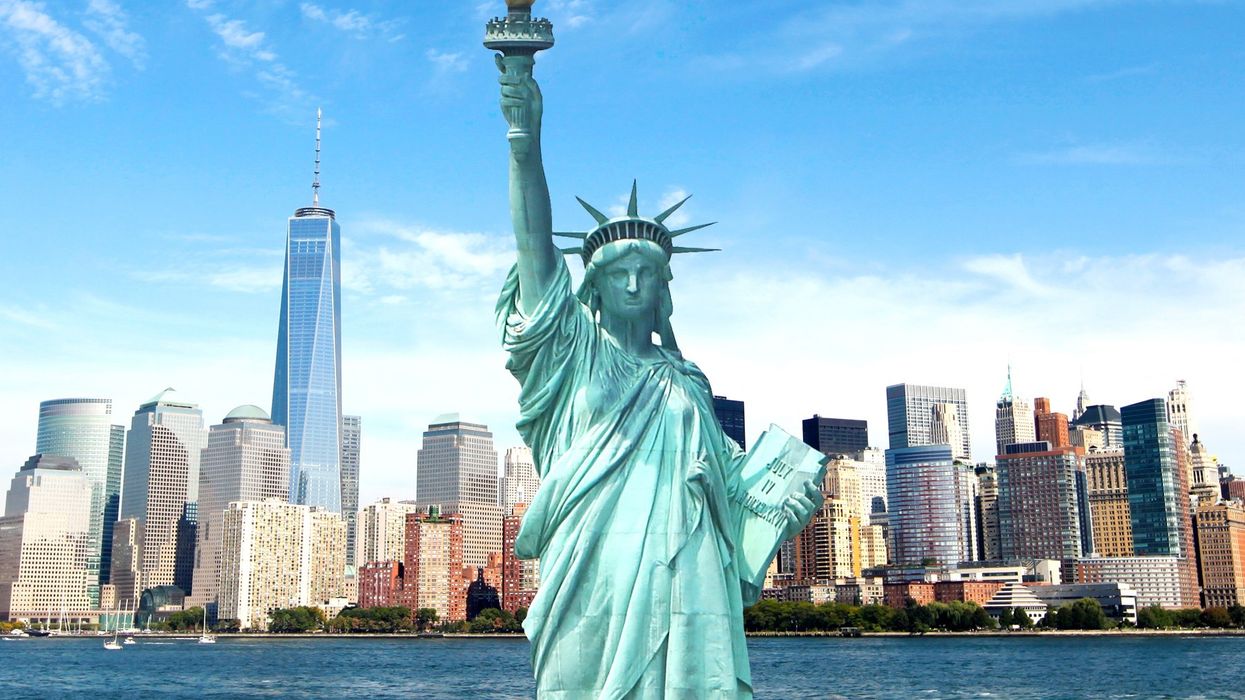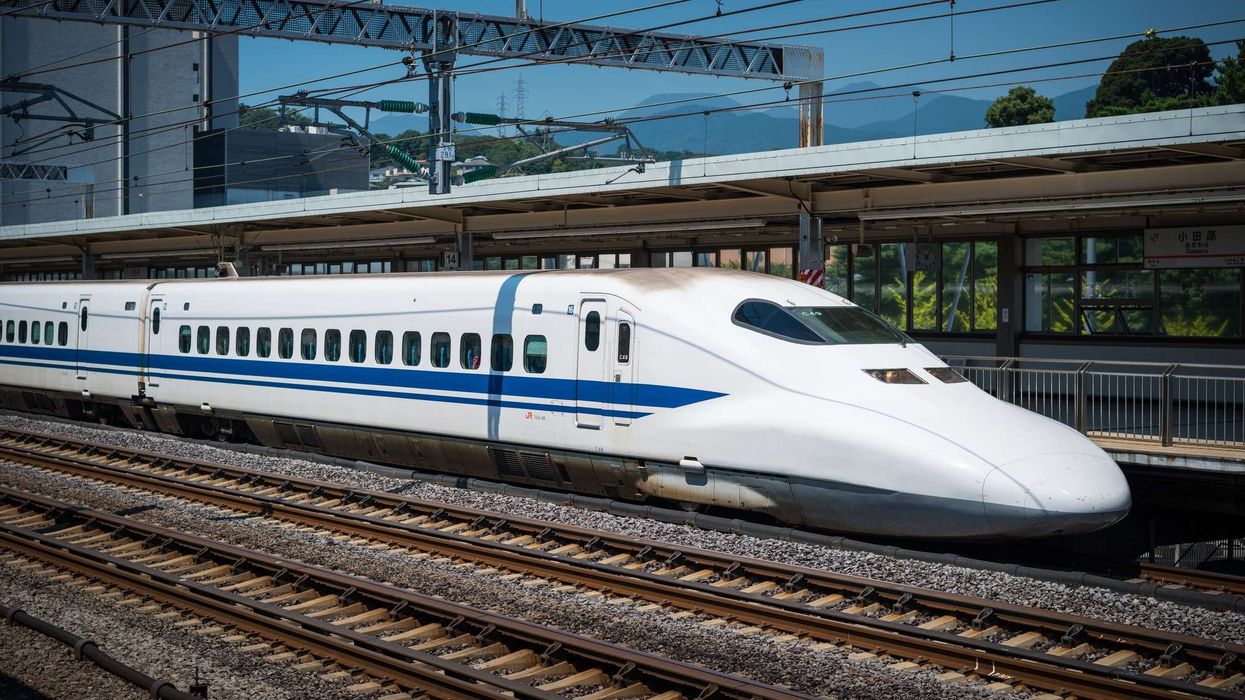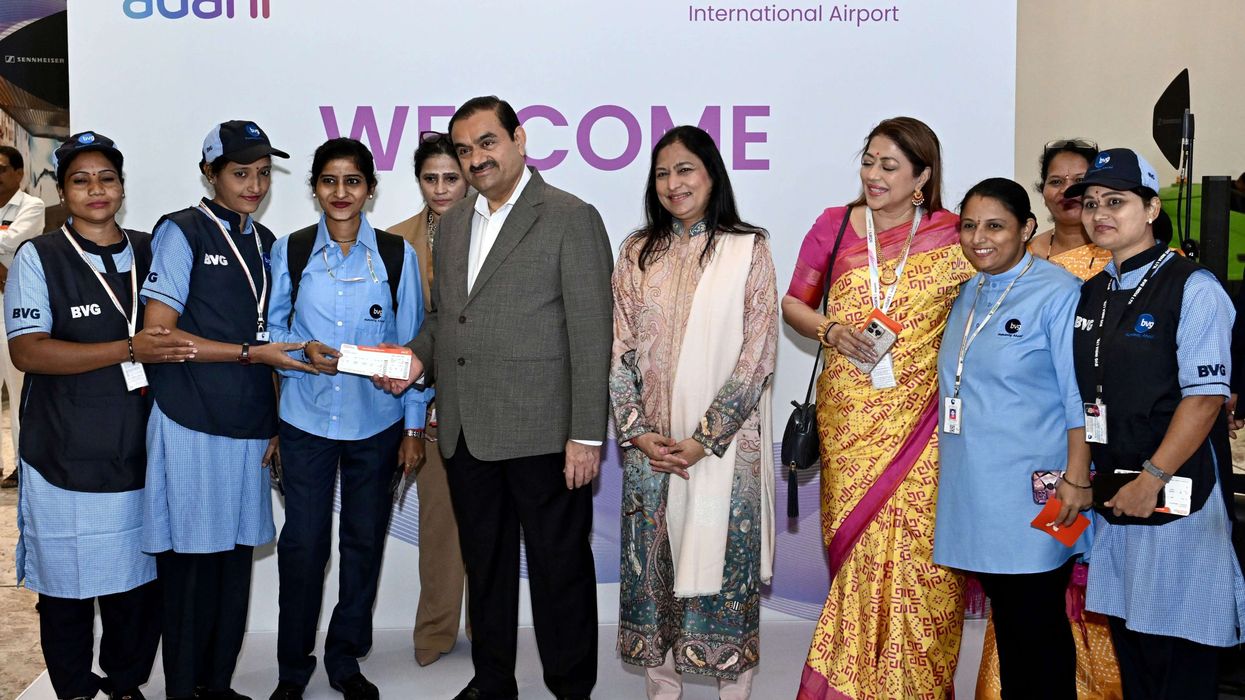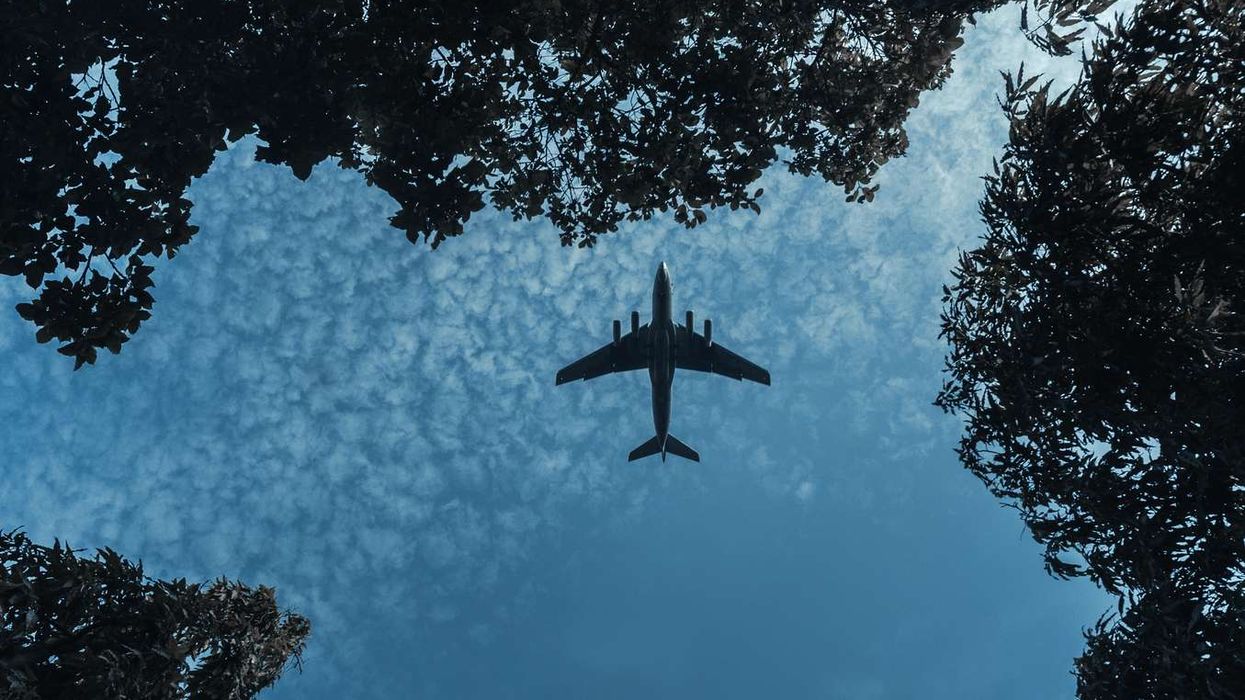Summary:
- Indian visitors to the U.S. fell 8 percent to 210,000 in June 2025, according to NTTO.
- President Trump’s 50 percent tariff on Indian goods took effect on August 27.
- The U.S. has seen a decline in international visitors in recent months.
INDIAN VISITORS TO the U.S. fell in June 2025 for the first time this millennium, excluding the Covid period, according to the U.S. Commerce Department’s National Travel and Tourism Office. About 210,00 Indians visited the U.S. in June, down 8 percent from 230,000 in the same month last year.
The provisional figure for July shows a 5.5 percent drop from the same month last year, Economic Times reported, citing NTTO data. Meanwhile, President Donald Trump’s 50 percent tariff on Indian goods took effect on August 27, while Prime Minister Narendra Modi urged citizens to follow the “Vocal for Local” policy in his Aug. 15 Independence Day address. Beyond exports like textiles, the measure is likely to affect travel, tourism and hospitality in both countries.
The U.S. has seen a decline in international visitors in recent months, the Times said.
NTTO reported that total non-U.S. resident arrivals fell 6.2 percent in June 2025 from June 2024; 7 percent in May; 8 percent in March and 1.9 percent in February. January rose 4.7 percent and April 1.3 percent over the same months last year.
India is the fourth-largest source of international visitors to the U.S. Excluding Mexico and Canada, which share a land border, India is the second-largest overseas source after the UK.
“Combined, these top five markets, with Brazil fifth, accounted for 59.4 percent of total international arrivals in June,” NTTO said.
Travel industry leaders say it is too early to blame the drop in Indian visitors on stricter visa rules under Trump’s second term, which coincided with strained India-U.S. ties; the impact could rise if the policy continues. The U.S. mostly issues 10-year multiple-entry visitor and B1 and B2 visas, allowing holders to continue traveling, but new delays or stricter issuance norms could affect arrivals after a time lag.
“We are seeing a visible impact on the student segment this year due to delays in visa issuance, even after people have secured college admission,” a travel agent was quoted as saying in the report. “Historically, the biggest categories of visitors from India to the U.S. have been those visiting friends and relatives, business and students. The U.S. has never been a top leisure destination for Indians; that space is led by Southeast Asia, the Middle East and Europe, with North America following. Right now, apart from students, we are not seeing a significant impact on other segments, but if new visa issuances are affected, they will also be hit after a time lag.”
With an Indian diaspora of more than 5 million, the U.S. sees strong travel demand from India. NTTO data shows that every June since 2000 had recorded a year-on-year increase until 2025 broke the trend.
April saw high outbound travel from India. According to the tourism ministry, 2.9 million Indians traveled abroad, with the most going to the UAE, followed by Saudi Arabia, Thailand, Singapore and the U.S.
“But after May and June, travel was hit by the Pehelgam terror attack, closure of Pakistan airspace (which continues for Indian carriers and vice versa) and the Air India Ahmedabad crash,” a travel industry leader told the Times. “Every destination, especially in the west, was affected. The drop to the U.S. may not be in isolation, given how quickly western destinations were impacted.”
India’s Ministry of Tourism reports that 9.95 million foreign tourists visited in 2024, with the U.S. leading arrivals.













